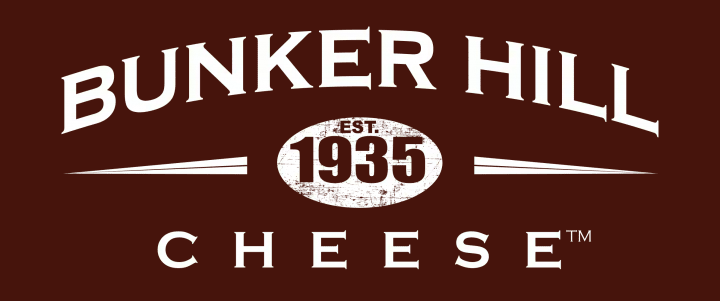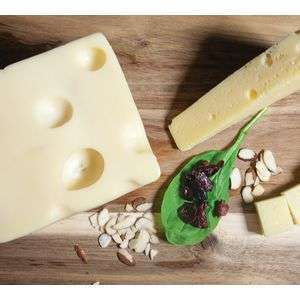Cheese and Wine: Unveiling the Secrets of a Perfect Match
When it comes to culinary pairings, few combinations are as timeless and delightful as cheese and wine. The harmony of flavors and textures can elevate your dining experience to new heights. At Bunker Hill, an esteemed cheese maker in Ohio, we believe in the art of pairing cheese and wine to create a symphony of taste sensations. In this blog post, we will unveil the secrets of a perfect cheese and wine pairing, providing you with valuable tips and insights. Whether you're hosting a gathering or simply indulging in a quiet evening at home, mastering this art will enhance your appreciation of these two timeless pleasures.
Understanding the Basics: Texture, Flavor, and Intensity:
Pairing cheese and wine effectively require a thoughtful understanding of their fundamental characteristics. Start by considering the texture, flavor, and intensity of both elements.
Texture:
Cheese can range from soft and creamy to hard and crumbly, while wine can be light-bodied or full-bodied. As a general rule, aim for complementary textures—for example, pairing a rich, creamy cheese with a velvety wine.
Flavor:
Cheese boasts an array of flavors, from mild and delicate to strong and pungent. Seek out wines that can either harmonize or provide contrast. For instance, a delicate cheese might pair well with a crisp, acidic wine, while a bold, robust cheese may be balanced by a full-bodied, tannic wine.
Intensity:
Consider the overall intensity of the cheese and the wine. Pairing similar intensities can create a harmonious balance, while contrasting intensities can create exciting flavor dynamics. A light, subtle cheese can be paired with a light-bodied wine, while a strong, aged cheese can be matched with a robust, full-bodied wine.
Expert Tips for the Perfect Cheese and Wine Pairing:
Now that we've covered the basics, let's delve into some expert tips to help you master the art of pairing cheese and wine:
Identify Complementary Pairings:
Seek out cheese and wine combinations that enhance each other's flavors. For example, a creamy Brie pairs beautifully with a buttery Chardonnay, while a tangy goat cheese finds harmony with a crisp Sauvignon Blanc.
Embrace Contrasting Pairings:
Don't be afraid to experiment with contrasting flavors. A sharp, aged Cheddar can be balanced by a fruity, slightly sweet Riesling, creating a delightful contrast that tantalizes the taste buds.
Consider Regional Pairings:
Explore traditional regional pairings, as they often have a long-standing history of complementing each other. For instance, a luscious Gorgonzola from Italy finds its match in a robust Barolo wine.
Balance Sweetness and Saltiness:
Sweet and salty flavors can work wonders together. A creamy blue cheese pairs well with a sweet dessert wine, like a Port or Sauternes, creating a decadent and memorable combination.
Experiment with Sparkling Wines:
Sparkling wines, such as Champagne or Prosecco, are incredibly versatile and can complement a wide range of cheeses. Their effervescence helps cleanse the palate, making them a fantastic choice for rich, creamy cheeses.
The art of pairing cheese and wine is an ever-evolving journey that invites exploration and experimentation. By understanding the basic principles of texture, flavor, and intensity, and following expert tips, you can create harmonious and memorable combinations. At Bunker Hill, we take pride in our exquisite cheeses, crafted with passion and dedication. We invite you to embark on your own culinary adventure, exploring the secrets of a perfect cheese and wine pairing. Elevate your gastronomic experiences and savor the symphony of flavors.




Comments
Post a Comment